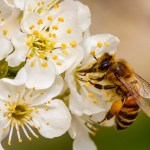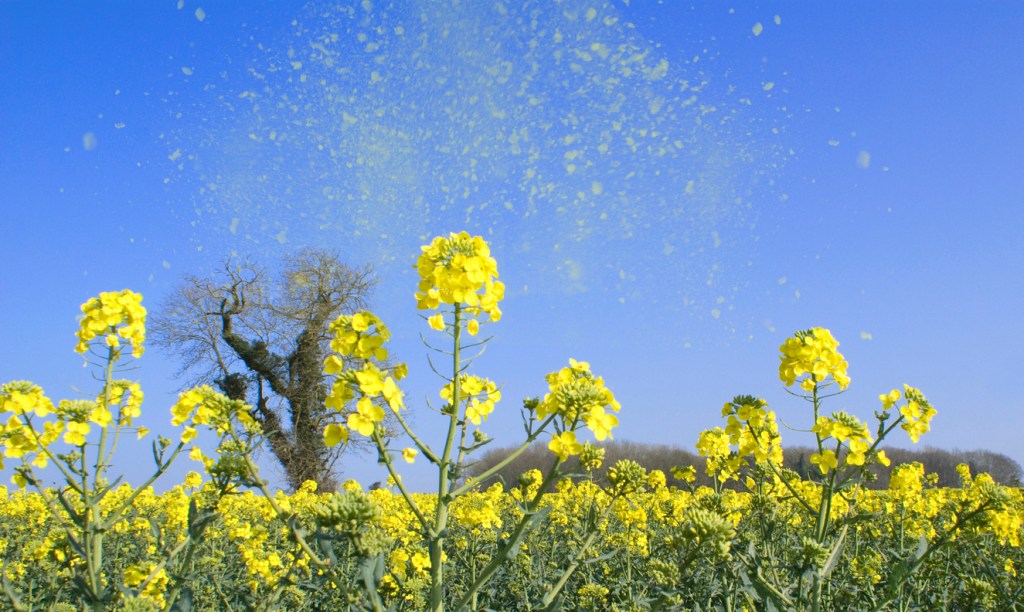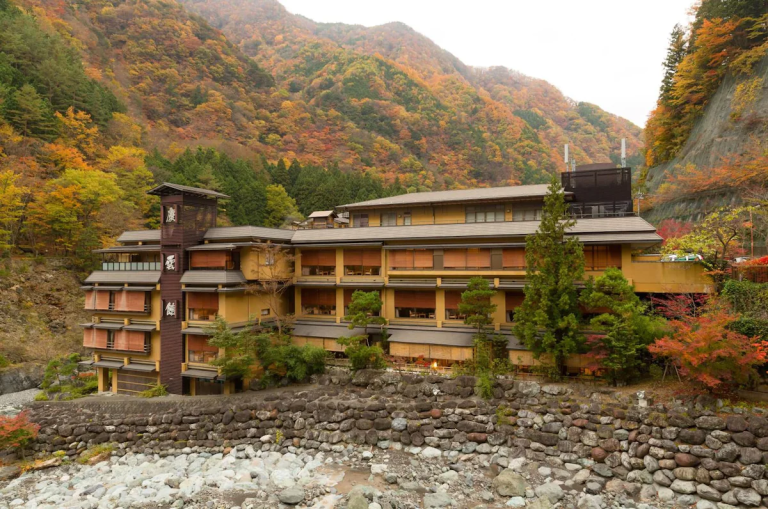Good news for allergy sufferers: Researchers have issued more guidance on how to avoid high levels of pollen. A recent study presented at this year’s American College of Allergy, Asthma and Immunology Annual Scientific Meeting found that pollen in the air is typically at its lowest between 4 a.m. and noon.
Pollen is produced by flowering plants, trees, grasses, and weeds, and the amount of it in the air depends heavily on the time of year and geography. Although most plants pollinate during warmer months, the Centers for Disease Control and Prevention notes that climate change could possibly lead to shifts in temperatures and precipitation patterns, prolonging pollen seasons.
For the roughly 50 million Americans who experience seasonal allergies, this can make outdoor activities not so enjoyable. Pollen in the air may cause dry eyes, a runny nose, sneezing, swelling, and other unpleasantries. And according to the American Lung Association, allergies can also trigger symptoms of asthma, making it difficult to breathe.
The new study gives a general baseline for pollen count throughout the day, a useful tool for those who monitor allergens and air quality for health purposes. “People who have pollen allergies can generally benefit from knowing at what times of day pollen counts are highest,” allergist and lead study author Stanley Fineman said in a statement.
Fineman and fellow researchers monitored pollen levels by the hour in three areas of Atlanta, Georgia, for one week using an imaging sensor. Per Gizmodo, data was collected during the last week of March 2021.

Although the study was limited to one location, the Atlanta area made for a good study locale. The Asthma and Allergy Foundation of America (AAFA) gave it an overall “average” score in terms of how challenging it is for someone to live in the metropolitan area with pollen allergies, ranking 71 on its 2022 list of 100 “allergy capitals.” The annual report measures spring and fall pollen scores, over-the-counter allergy medication use, and the availability of board-certified allergists and immunologists.
Fineman regularly sees patients at Atlanta Allergy & Asthma, the largest medical group in the city that diagnoses and treats symptoms related to allergies.
“I see patients every spring and fall who are really suffering due to their pollen allergies,” he said in the release. “There are ways to diminish the impact of pollen during allergy season, including closing windows and taking off shoes and pollen-laden clothes when you walk in your door, and immediately throwing your clothes in the washing machine. If you are someone who enjoys outdoor activities, you need to be aware of when pollen counts are lowest, and what times are best for you to be outside.”
The study also found that peak pollen counts happen from 2 p.m. to 9 p.m. To help lower the impact of pollen during allergy seasons, Fineman recommends that people check weather-tracking websites and applications to estimate pollen count in a specific area in addition to washing pollen-laden clothing. Hopefully keeping timing, as well as these other suggestions, in mind can make heading outside more pleasant in the spring.












